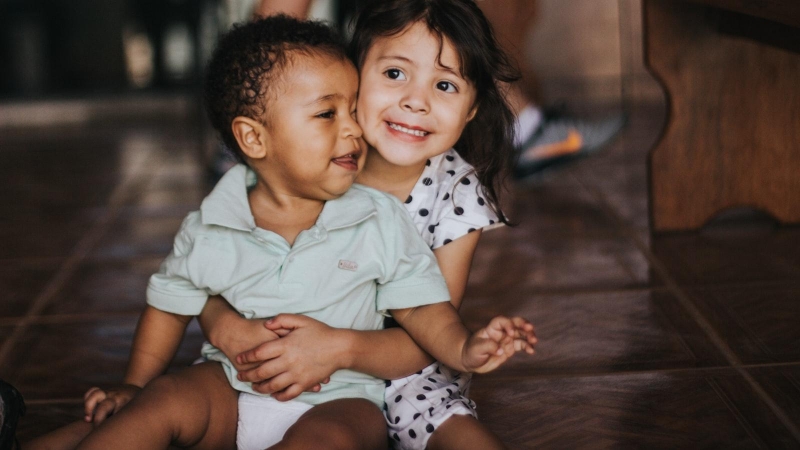
: A Pivotal Approach to Childhood Development
Here lies the importance of nurturing creativity in children, a path of critical consequence in the arena of childhood development. A fertile bed of imagination can expand the landscapes of a child’s mind, uncovering potential and unleashing dreams. Rich in inspiration and possibility, creative engagement equips our young ones with a robust toolset for the realities of adulthood.
The Link between Creativity and Child Development
The budding roots of creativity in children are a cornerstone of their holistic development. It can stimulate cognitive growth, fostering an astute sense of spatial awareness, problem-solving skills, and abstract thinking. With its matrix intertwined with the spheres of social, emotional, and cognitive development, creativity forges a robust framework for wholesome child growth.
Research conducted by Casner-Lotto and Barrington found that creativity ranks above other features in the sought-after skills by employers. This underpins the pertinence of cultivating creative capacity from childhood itself.
Tools for Fostering Creativity
A plethora of methods can be adopted to cultivate creativity in the fertile minds of children. Traditional art forms, like painting, sculpture, and music, offer children the freedom to shape their thoughts. Additionally, the digital world too opens up a kaleidoscope of creative possibilities.
Oftentimes, something as simple as free, unstructured play can provide children with the space that their imagination needs to flourish. Be it role-play, storytelling, or crafting their own games, such experiences offer children opportunities for explorations and experimentation that may be otherwise lacking in their regimented routines.
Role of Educators and Parents
Both parents and educators play a significant role in nurturing creativity in children. Actively indulging in their imaginative pursuits, encouraging their curiosities, and fostering an environment that eschews judgment, are all steps in promoting creativity.
Educators, for instance, can introduce innovative teaching techniques, weaving creativity into the curriculum, thereby opening avenues for students to think and perceive differently. Parents, on the other hand, can listen without judgment, nurture their child’s unique viewpoints, and create an atmosphere where creativity isn’t merely a side activity, but a way of life.
In conclusion, when we invest time and resources in nurturing creativity in children, we are fostering future generations equipped to face the world with resilience, adaptability, and a progressively honed problem-solving capacity. As noted by Albert Einstein, “Creativity is intelligence having fun.” Let’s reshape our educational perspectives to prioritize fun and creativity, empowering our children to become the leaders and innovators of tomorrow.





